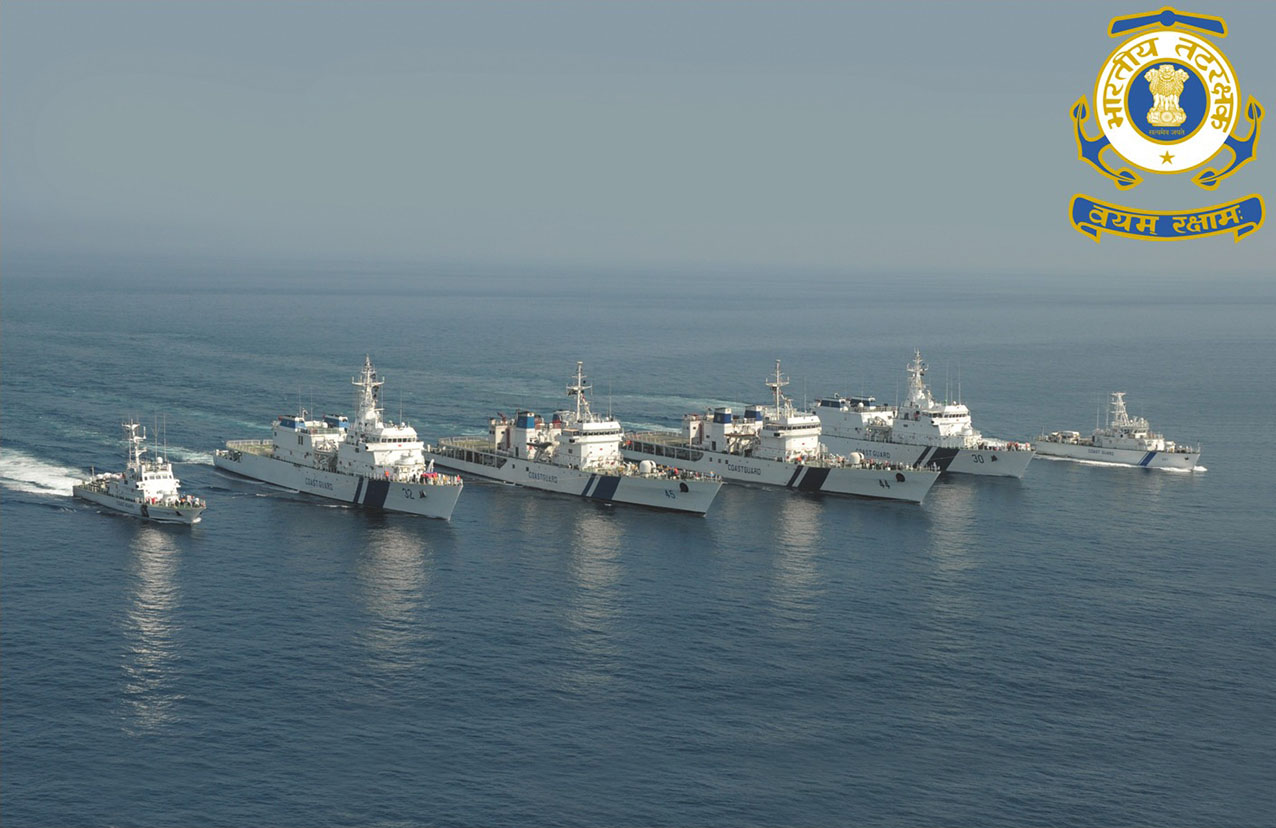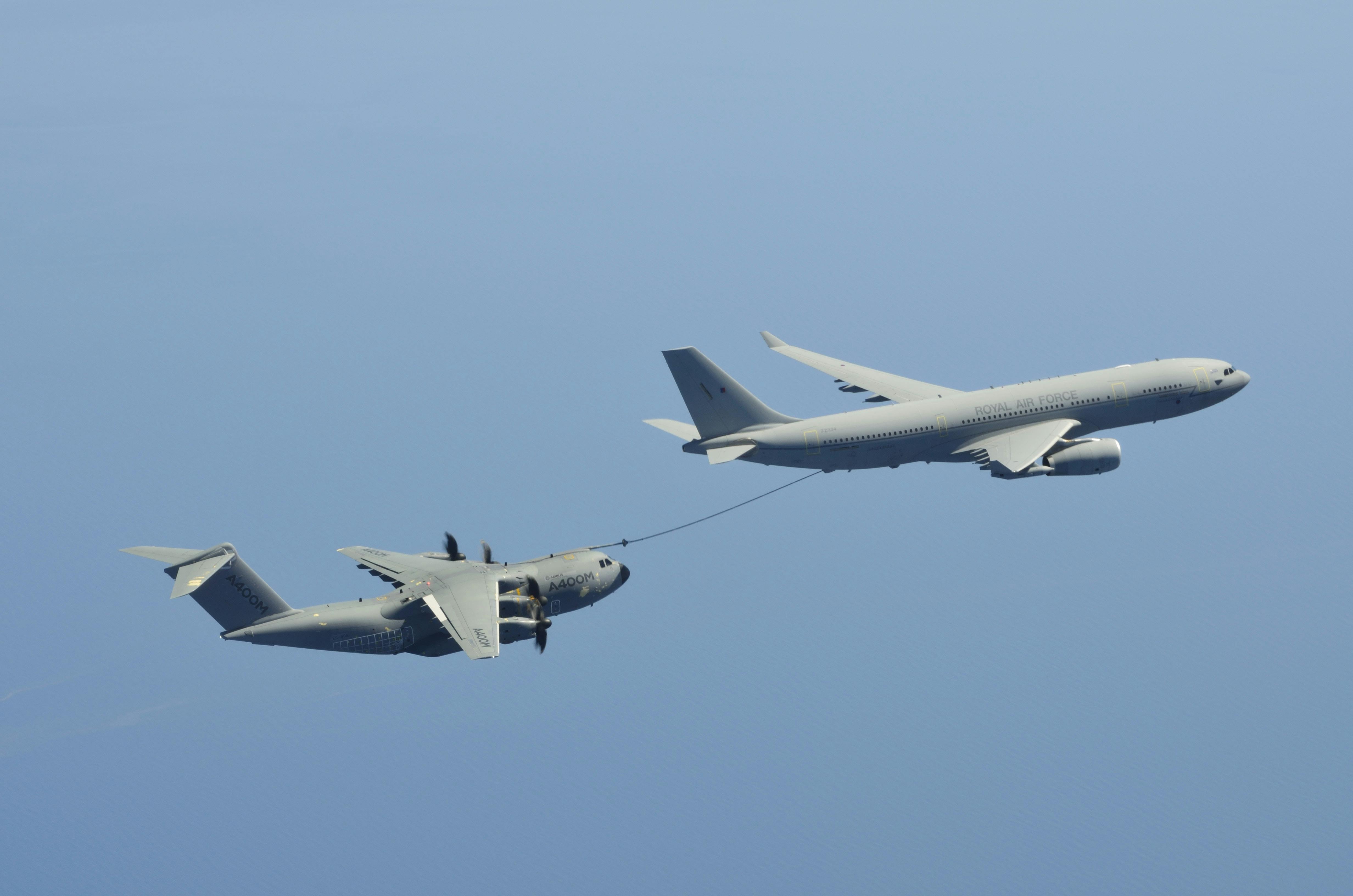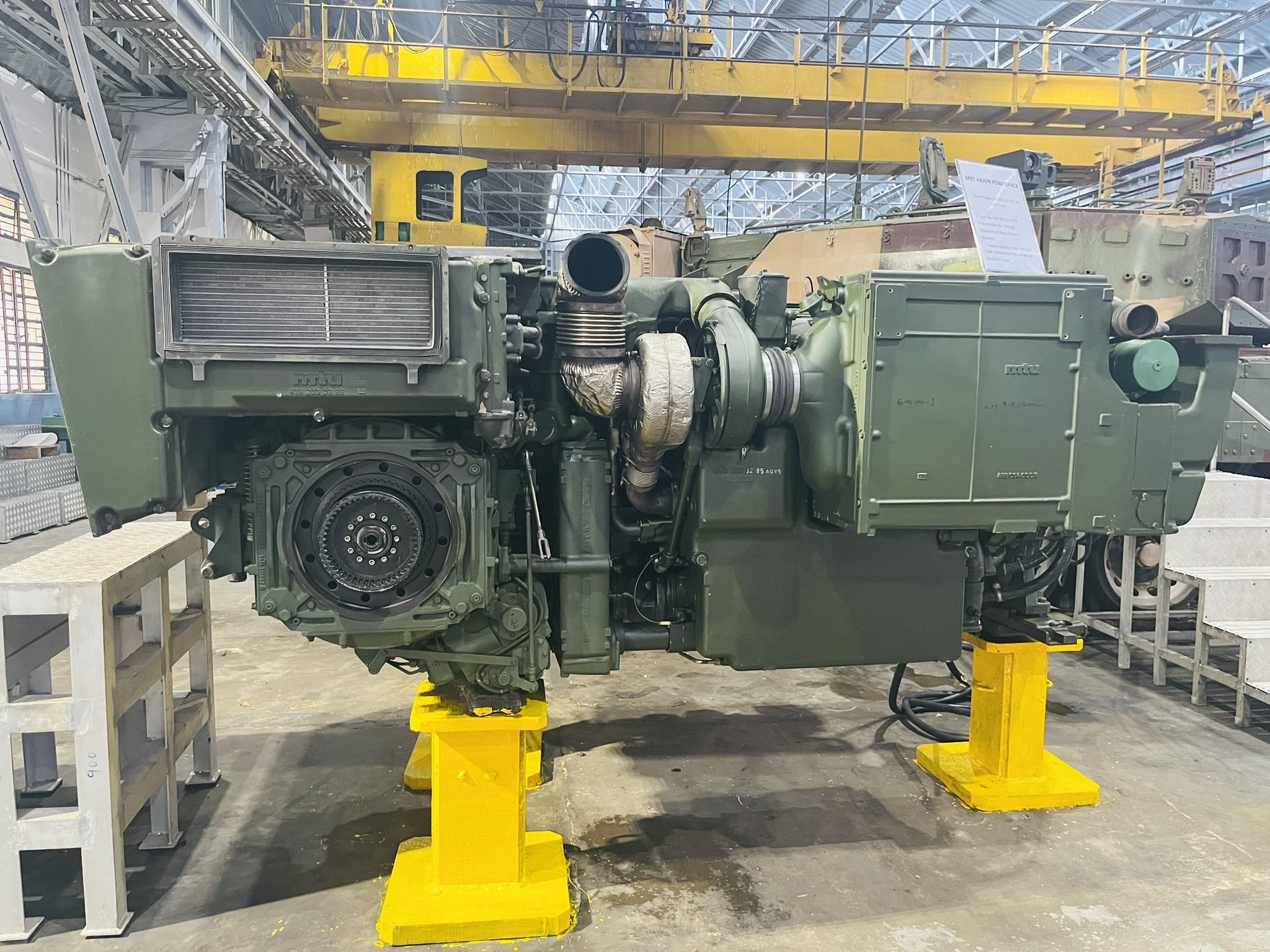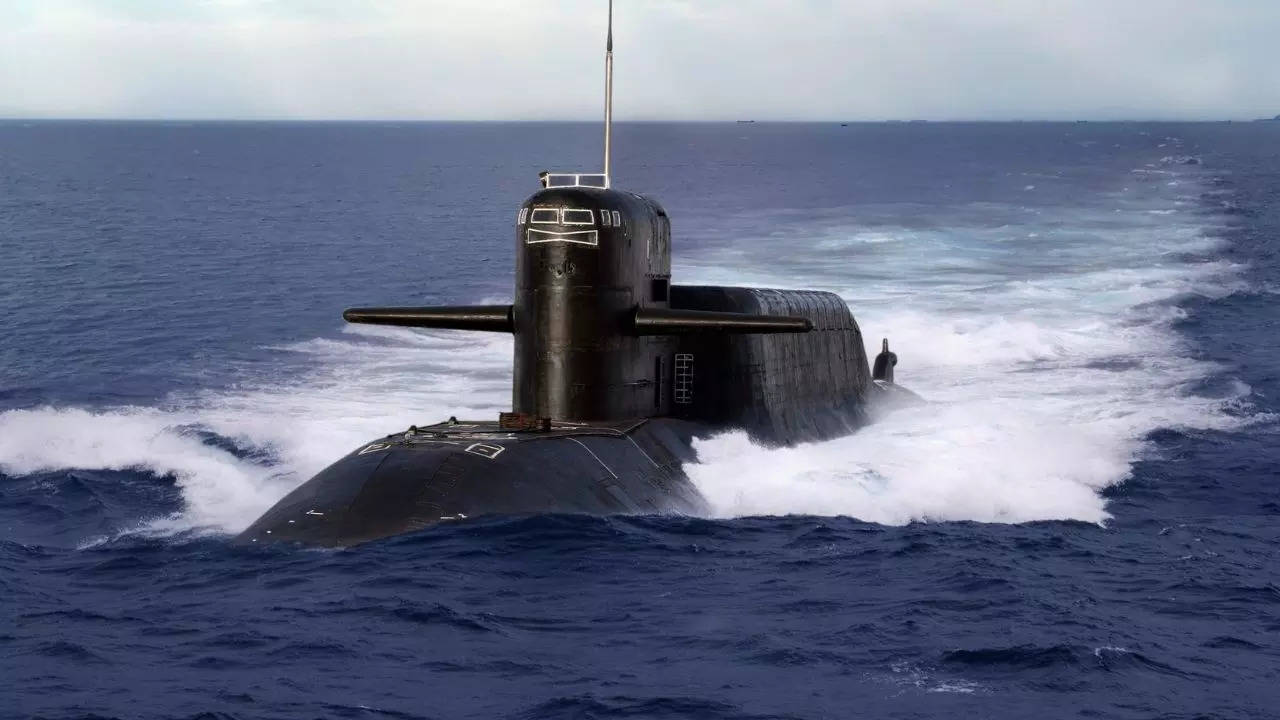AFI
SOURCE: AFI

In a recent video released by Adani Defence, the Russian Igla-S air defence system was spotted in the background, confirming that the Indian Army is set to receive the much-anticipated Igla-S systems, which are partly assembled in India. The contract for these advanced man-portable air-defence systems (MANPADS) was signed last year under the fourth tranche of Emergency Procurements (EP), with multiple official sources confirming that Adani Defence Systems and Technologies Limited (ADSTL) is assembling the systems under a technology transfer agreement with Russia’s Rosoboronexport.
Under the agreement, the Indian Army has contracted 48 Igla-S launchers, 100 missiles, 48 night sights, and one missile testing station in a deal valued at approximately ?260 crore. Deliveries of these systems are expected to commence by the end of May 2024, an official source stated. The contract was placed with ADSTL, marking a significant step in India’s defence procurement strategy, aimed at boosting indigenous manufacturing and reducing reliance on direct imports.
Continue readingSOURCE: AFI

According to the X handle (TheLegateIN), the Indian Air Force (IAF) is set to forward deploy the Dharashakti Electronic Warfare (EW) system near the borders with Pakistan and China. Dharashakti is India’s latest ground-based EW and jamming system, which has demonstrated superior performance compared to the Israeli Scorpius-G system.
The Dharashakti EW system is capable of jamming multiple enemy Airborne Early Warning and Control Systems (AEWCS), fighter aircraft radars, Synthetic Aperture Radar (SAR), as well as encrypted communication and navigation systems. This advanced capability enhances India’s defensive and offensive electronic warfare strategies, giving the IAF a significant technological edge in modern warfare scenarios.
Continue readingSOURCE: AFI

In the realm of rocket propulsion, both ISRO (Indian Space Research Organisation) and SpaceX are pushing the boundaries of technology with their respective engine developments. Here’s a visual and technical comparison between ISRO’s LME 110, designed for the Next Generation Launch Vehicle (NGLV), and SpaceX’s Raptor 3, which is in its advanced testing phase for the Starship program.
LME 110 by ISRO engine adopts a minimalist design approach, evident in its Gas Generator (GG) cycle. The GG cycle is simpler in design compared to more complex cycles like the full-flow staged combustion used by Raptor 3. This simplicity can translate to lower development and manufacturing costs and potentially higher reliability due to fewer components that can fail.
Continue readingSOURCE: AFI

The Indian Coast Guard (ICG) has set an ambitious target of achieving a fleet strength of 200 vessels and 100 aircraft by the year 2030. Currently, the ICG operates a fleet of 151 vessels and 76 aircraft, with ongoing efforts to expand its capabilities to meet emerging maritime security challenges.
The expansion plan is in line with the government’s vision of strengthening coastal security, safeguarding India’s maritime interests, and enhancing disaster response capabilities. The planned acquisition of new vessels includes offshore patrol vessels (OPVs), fast patrol vessels (FPVs), interceptor boats, and pollution control vessels. In addition, the aviation wing of the ICG is set to receive more fixed-wing aircraft and helicopters to improve surveillance and search-and-rescue operations.
Continue readingSOURCE: AFI

In a significant boost to its naval aviation capabilities, the Indian Navy has successfully upgraded the Mission Computer (MC) of its MiG-29K fleet, a critical step towards integrating the indigenous Astra MKI Beyond Visual Range Air-to-Air Missile (BVRAAM). The upgrade, developed by Hindustan Aeronautics Limited (HAL), marks a pivotal enhancement in the combat effectiveness of these aircraft.
The Mission Computer serves as the brain of the aircraft, managing various subsystems and integrating them for optimal combat performance. The previous MC in the MiG-29K was based on older technology, limiting the aircraft’s ability to interface with newer, more advanced weaponry like the Astra MKI. With HAL’s upgrade, which was done locally, the MiG-29K now has the computational power and software compatibility necessary for modern combat operations.
Continue readingSOURCE: AFI

In a strategic move to enhance the survivability of its armored forces, the Indian Army has issued a Request for Information (RFI) for the procurement of an Active Protection System (APS) tailored for its T-90SM Main Battle Tanks (MBTs).
This tender has attracted the attention of several international defense giants, eager to offer their advanced solutions.
Continue readingSOURCE: AFI

The first-ever image of TATA Advanced Systems Limited (TASL) Light Armoured Multipurpose Vehicle (LAMV) has been captured from a video and has since gone viral on social media. The image was first posted by X handle Rishav Gupta (@connect_rishav), drawing significant attention from defence enthusiasts and analysts.
Interestingly, the vehicle was spotted while being unloaded at O. R. Tambo International Airport in South Africa, raising speculation about its intended purpose. It is widely believed that the TATA LAMV is set to be formally unveiled at Aero India 2025, marking a significant milestone in India’s indigenous defence capabilities.
Continue readingSOURCE: AFI

India’s Defence Research and Development Organisation (DRDO) is currently testing its indigenous 1,500 horsepower (hp) engine in a facility in the United States. While India possesses engine testing facilities, they are primarily designed for smaller hp engines, necessitating overseas evaluation for higher-powered systems.
The DATRAN 1500 engine is under development for India’s Futuristic Main Battle Tank (FMBT) program. Bharat Electronics Limited (BEL), responsible for manufacturing the engine, has already produced three prototype units and plans to develop 20 more for extensive trials.
Continue readingSOURCE: AFI

ideaForge, India’s pioneer and market leader in uncrewed aircraft systems (UAS), will be showcasing its cutting-edge Logistics Platform at Aero India 2025. This high-altitude, all-terrain drone is designed for uncompromised mission delivery in any environment, ensuring reliability both day and night.
The Logistics Platform is engineered to operate autonomously with quick turnaround times, making it a formidable asset in challenging terrains. With interchangeable payloads, it can seamlessly switch between cargo transport, medical evacuation (medevac), and manned missions, redefining robust and dependable performance in aerial operations.
Continue readingSOURCE: AFI

Airbus is set to captivate attendees at Aero India 2025 with an impressive showcase of its cutting-edge aerospace solutions, including the A330 Multi-Role Tanker Transport (MRTT), the A400M Transporter, and the H125 Helicopter. This year’s event, scheduled to take place in Bengaluru, will highlight Airbus’s commitment to advancing India’s aerospace, defense, and security sectors.
The A330 MRTT will be a focal point at the exhibition, demonstrating its dual role as both an aerial refueling tanker and a strategic airlifter. With its ability to refuel multiple aircraft simultaneously, enhance operational range, and transport troops or cargo, the MRTT is pivotal for operations in extended missions. Its presence at Aero India underscores Airbus’s focus on strengthening military logistics and operational flexibility.
Continue readingSOURCE: AFI

The iconic B-1B “Lancer” supersonic bomber, known for its formidable presence in the skies, is set to make a triumphant return to Aero India in 2025. This time, the U.S. Air Force has confirmed that the “Lancer” will not only be part of the static display but will also dazzle attendees with aerial demonstrations, highlighting its capabilities and reaffirming the strengthening defense ties between the United States and India.
The B-1B Lancer, affectionately nicknamed “The Bone” (a play on B-One), is a long-range, multi-mission bomber capable of carrying out missions worldwide from its bases in the United States or forward-deployed locations. Its capability to deliver both conventional and, in the past, nuclear payloads makes it a versatile asset in the U.S. Air Force’s inventory.
Continue readingSOURCE: AFI

In a firm stance on maintaining the integrity and accuracy of military equipment testing, the Indian Army has rejected repeated requests from companies to conduct critical ballistic tests at a police laboratory. Instead, the Army insists on using the time-tested facilities of the Defence Ministry, specifically the Terminal Ballistics Research Laboratory (TBRL).
Over the past year, the Defence Ministry has encountered numerous instances where companies involved in supplying military gear, like bullet-proof jackets and helmets, have sought to conduct their ballistic tests at alternative locations, particularly police laboratories. This trend has sparked a debate on the standardization and reliability of testing procedures for military equipment.
Continue readingSOURCE: AFI

Armoured Vehicles Nigam Limited (AVNL), a cornerstone in India’s defense manufacturing sector, is set to make a significant impact at Aero India 2025. The premier biennial air show, scheduled to take place in Bengaluru, will witness AVNL showcasing the unparaded engines of both the T-90 and Arjun Main Battle Tanks (MBTs), highlighting India’s strides in indigenous defense technology.
AVNL, established as part of the restructuring of the Ordnance Factory Board, has been at the forefront of producing armoured vehicles for the Indian Armed Forces. The Aero India event will provide a platform for AVNL to unveil the intricacies of the engines that power some of the most formidable tanks in the Indian military arsenal.
Continue readingSOURCE: AFI

In a strategic pivot, the Indian Ministry of Defence (MoD) has decided against procuring a third aircraft carrier for the Indian Navy, opting instead to enhance its underwater capabilities through an expanded nuclear submarine fleet. This decision marks a significant shift in naval strategy, focusing on stealth, deterrence, and long-range strategic operations.
The decision comes at a time when India is reassessing its defense priorities amidst growing regional tensions, particularly in the Indo-Pacific region where China’s naval expansion is a major concern. The Indian Navy has been vocal about the need to balance its force projection capabilities against the backdrop of evolving threats.
Continue readingSOURCE: AFI

In a significant stride towards enhancing its military surveillance and strike capabilities, India is set to receive the first batch of 31 MQ-9B High Altitude Long Endurance (HALE) drones from the United States in 2029. This development, which comes after years of negotiations and agreements, underscores the deepening strategic partnership between New Delhi and Washington in the realm of defense technology.
The acquisition, valued at nearly $3.5 billion, was formalized under the U.S. Foreign Military Sales (FMS) program. This deal was one of the outcomes of high-level discussions between Indian and U.S. leadership, aiming to fortify the security apparatus of both nations in the Indo-Pacific region. According to the agreement, the delivery of these advanced unmanned aerial vehicles (UAVs) will span from January 2029 to September 2030, with the initial drone landing on Indian soil marking a new chapter in military technology transfer.
Continue reading